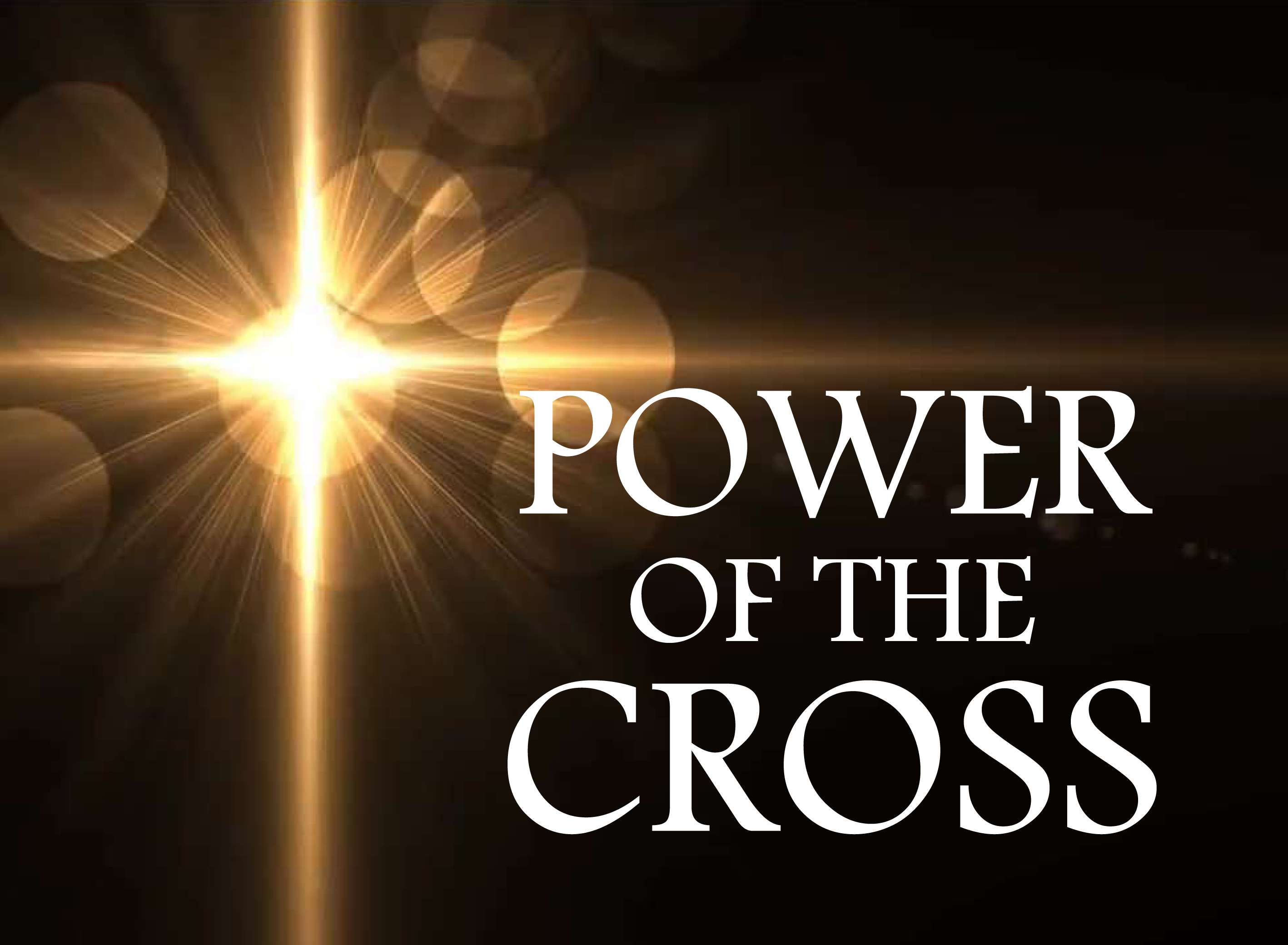
Church Growth in Quality and Quantity
Dr. Saju Joseph
Church is the assembly of the saved ones, who are saved from eternal punishment in hell destined for the sinners who are not repented of their sins. God wants all humans to be repented during the period of Grace which is also known as the period of the New Testament. One reason for the delay in Jesus’ Second Coming is that God waits still patiently for sinners to repent. God extends the period of Grace. Even as God desires more people to be repented, He also looks for the growth of the church in quantity.
1. Qualitative and Quantitative views
The apostles of Jesus also desired the growth of the church. This desire motivated them to work tirelessly and fearlessly. They were ready to risk their lives for the growth of the church. But their target was both quantitative and qualitative. We have to ponder the meaning of what Apostle Peter said in 2 Peter 3:18 “grow in the grace and knowledge of our Lord and Savior Jesus Christ”. I have often wondered what Peter had in mind when he said this. Was it all about quantity or quality? These two alternatives usually form the debating points for discussions about church growth. The evangelistically minded typically think in measurable categories. For others, the proper way to evaluate the growth of the Church is not by counting heads but rather by looking at levels of commitment, fruit of the spirit, and faithful preaching. Actually, both sides have a point.
The theological conservatives are likely to argue that Peter was more concerned with the quality of faith than with the number or size of individual congregations. Yet the evangelistically minded may also be right to think that the Church must use certain techniques to facilitate growth. The question then becomes whether it is possible to have it both ways: well populated and firmly faithful churches. In other words, can attention to the mechanics of numerical growth be combined with theological and ecclesiastical rigor? The teaching of Scripture actually suggests that evangelistic techniques are just as important as theological precision. What is more, its instruction implies that when the Church uses the right methods, doctrinal fidelity and spiritual maturity follows. Some church growth leaders don’t seem to be aware of church life beyond the few “successful” mega churches where circumstances, as much as “strategic” thinking, account for large numbers. But Christianity also should not ignore the darker side of life. We must not look at the Church as if it were a business and worship a consumer product.
2. Traditional Growth
Traditional growth or biological growth in the church has its merits and demerits. The Episcopal churches and most of the protestant churches give infant baptism and the children of the church members become traditionally members of the church which contribute to the numerical growth of the church or at least to maintain the status quo in membership. These churches also have certain systematic methods of training these new members in faith and practices of the church and thus make sure of the qualitative growth. How far these methods are effective is another question. In the evangelical or Pentecostal churches where infant baptism is not practiced, there is an element of traditional or biological growth. In most cases the children of the members of these churches also become members of the same churches. The children are given instruction in faith and practices of the church by parents, Sunday School teachers and the pastors. They regularly attend the church meetings and when they come to an age of understanding they are baptized and become regular members of the church.
3. Conversion Growth
This is the very basic way of how the church of God has to grow. Christianity grew from zero. The first generation church had only converted members. The Great Commission of Jesus Christ is the motivation behind the intent of the church to grow and to cause growth. Both quantitative and qualitative growth is inclusive in the Great Commission (Mathew20:19-20). “Making all nations”, His disciples refer to the quantitative growth and “instructing them in all what He taught” refers to the qualitative growth.
“Conversion” is a matter of controversy in many nations today. However, the church has to obey the Great Commission whatever be the consequences. Power from the Holy Spirit is what we need in order to face the challenges in evangelism. What the church has to ensure is not to use intentional “force” for conversion by any means. Let our intention that inspires growth be purely spiritual and eternal.
4. Conclusion
Salvation does not depend on clever programs, strategic plans, or marketing savvy all depends utterly upon God and his mercy. The Church, accordingly, has a tremendous
responsibility to preach the Word and administer the Sacraments, while parents have the equally large duty of rearing their children in the faith of their Baptism. The Church does not need to be in a constant state of anxiety, thinking up new ways of reaching the lost. The right techniques of church growth are the means of grace that God established when our Lord commissioned the apostles to disciple the nations by Word and Sacrament. These techniques are not flashy. In fact, they are rather low key. But as the Bible reveals, God has a habit of saving his people through means that the world considers foolish. And that is because, as Paul told the Corinthians, God wants everyone to see “the transcendent power” of salvation belongs to him, “not to us” (2 Cor. 4:7).























